I am trying to learn how to use to Microbenchmark Functions within R.
As an example, I simulate a few random datasets of different sizes:
# load the lubridate package
library(lubridate)
library(microbenchmark)
library(forecast)
my_list = list()
index = c(100, 1000, 10000, 50000, 100000, 250000, 500000, 750000, 1000000)
for (i in 1:length(index))
{
my_data_i = data.frame(dates = sample(seq(as.Date('2010/01/01'), as.Date('2023/01/01'), by="day"), replace = TRUE, index[i]), visits = 1)
my_list[[i]] = my_data_i
}
I then created a function that I want to repeatedly measure on each dataset:
my_function = function(){
# aggregate the data by week
my_data_i_weekly <- aggregate(my_data_i$visits, list(week = week(my_data_i$dates), year = year(my_data_i$dates)), sum)
# convert the data frame to a time series
my_data_i_ts <- ts(my_data_i_weekly$x, start = c(min(my_data_i_weekly$week), min(my_data_i_weekly$year)), frequency = 52)
# fit an ARIMA model using auto.arima
my_data_i_arima <- auto.arima(my_data_i_ts)
}
In the past, I would have manually timed each iteration - for example:
results = list()
for (i in length(index))
{
start.time_i <- Sys.time()
my_data_i = my_list[[i]]
print(replicate(n = 100, my_function())
end.time_i <- Sys.time()
time.taken_i <- end.time_i - start.time_i
results[[i]] = time_taken_i
}
Now, I am trying to learn how to do this using the "microbenchmark" function in R.
my_list2 = list()
for (i in 1:length(index))
{
my_data_i = my_list[[i]]
res_i = microbenchmark(my_function(), times = 100)
print(res_i)
my_list2[[i]] = res_i
}
To recap - I am trying to do the following:
- Run "my_function()" on my_data[1] 100 times and record how long it took
- Run "my_function()" on my_data[[2]] 100 times and record how long it took
- etc.
Am I doing this correctly?
Thanks!
Note: In the future, I would like to make a graph like this (e.g. Red Line - Computer 1, Green Line - Computer 2) :


